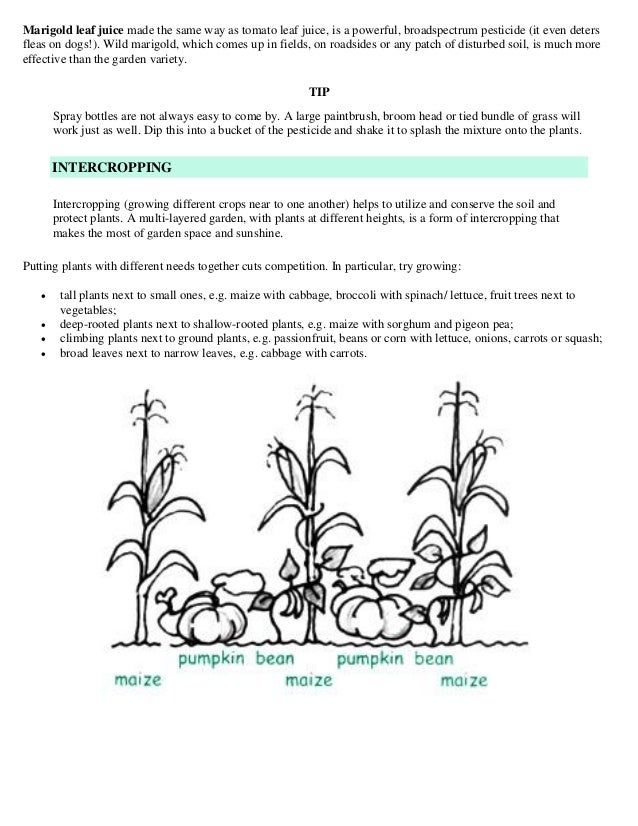Companion Planting for Brassicas: How to Grow Healthy Crops
What is Companion Planting?
Companion planting is the practice of growing different plants together that benefit each other in some way. This can include improving soil health, deterring pests, and increasing yields. By taking advantage of the natural interactions between plants, gardeners can create a more diverse and resilient garden ecosystem.
Companion Planting for Brassicas
Brassicas are a family of vegetables that includes broccoli, cabbage, cauliflower, kale, and Brussels sprouts. These crops are popular with gardeners due to their versatility and nutritional value. However, they can be susceptible to pests and diseases, which can reduce yields and quality. Companion planting can help mitigate these issues and improve overall crop health.
Companion Plants for Brassicas
There are several plants that make good companions for brassicas:
- Aromatic Herbs: Plants like thyme, rosemary, and sage can help repel pests like cabbage worms and aphids.
- Nasturtiums: These brightly colored flowers can attract beneficial insects like ladybugs, which will eat pest insects.
- Marigolds: The strong scent of marigolds can deter pests like nematodes and whiteflies.
- Lettuce: Lettuce and other leafy greens can provide shade for young brassica plants and help retain moisture in the soil.
Plants to Avoid
While there are many plants that can benefit brassicas, there are also some that should be avoided:
- Other Brassicas: Planting different brassica crops together can increase the risk of disease and pest problems, so it's best to keep them separate.
- Nightshades: Plants like tomatoes, peppers, and eggplants can attract pests that also attack brassicas.
- Fennel: Fennel can release chemicals that inhibit the growth of other plants, including brassicas.
Companion Planting Strategies
There are several ways to incorporate companion planting into your brassica garden:
- Interplanting: Plant companion plants throughout your brassica patch. This will help to repel pests and attract beneficial insects.
- Border Planting: Plant companion plants around the edges of your brassica patch. This can create a barrier that deters pests from entering the garden.
- Succession Planting: Plant different crops in the same bed at different times of the year. This can help to reduce soil-borne diseases and improve overall soil health.
FAQs
1. What are some common pests that attack brassicas?
Some common pests include cabbage worms, aphids, and flea beetles.
2. How can I control pests without using pesticides?
Companion planting can help to deter pests naturally. You can also try using row covers or handpicking pests off your plants.
3. Can I plant different varieties of brassicas together?
Yes, you can plant different varieties of the same crop together. For example, you could plant broccoli and cauliflower together. Just be sure to keep different brassica crops separate.
4. How often should I water my brassicas?
Brassicas need consistent moisture, especially when they are young. Water them deeply once or twice a week, depending on the weather.
5. When is the best time to plant brassicas?
Brassicas prefer cool weather and can be planted in early spring or late summer for a fall harvest. Avoid planting them in the heat of summer, as this can cause them to bolt (go to seed) prematurely.
Companion planting for brassicas is an effective way to improve crop health and reduce pest problems. By choosing the right companion plants and planting strategies, you can create a diverse and resilient garden ecosystem that benefits all your crops. Happy gardening!
Great! Let's dive into companion planting for brassicas then.
Companion planting is a practice where different plants are grown together to benefit each other. Brassicas, such as broccoli, kale, and cauliflower, have unique needs when it comes to companion planting. They require a nutrient-rich soil, but they are also prone to pests like aphids and cabbage worms.
One effective way to reduce the risk of these pests is by planting herbs such as thyme, sage, and rosemary near your brassicas. These herbs release strong scents that can repel pests while adding flavor to your food. Additionally, planting marigolds near your brassicas can help deter nematodes, which are tiny worms that damage plant roots.
Another way to improve the growth of your brassicas is by planting nitrogen-fixing plants such as legumes nearby. Legumes, like beans and peas, have root nodules that harbor bacteria capable of converting atmospheric nitrogen into a form that plants can use. This process enriches the soil with nitrogen, which is an essential nutrient for the growth of brassicas.
It's important to note that some plants should not be planted near brassicas because they may attract pests or interfere with growth. For example, plants in the nightshade family, such as tomatoes and peppers, should be avoided. These plants attract similar pests as brassicas, and planting them together can result in a higher risk of infestation.
In summary, companion planting can greatly benefit the growth and health of brassicas. Planting herbs and flowers to repel pests and adding nitrogen-fixing plants to enrich the soil are effective ways to improve your harvest. However, it's important to carefully choose which plants to include in your garden to avoid any negative effects on your crop. Sure, how can I assist you today?









Post a Comment for "Companion Planting for Brassicas: How to Grow Healthy Crops"